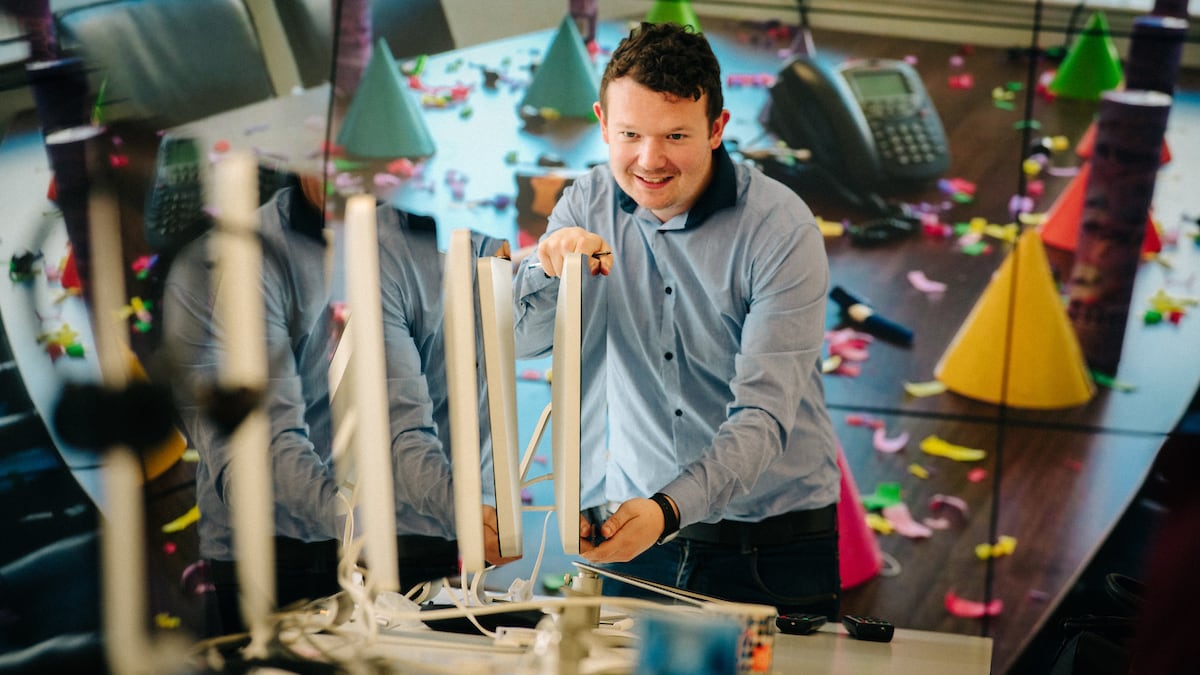Getting your company’s employee recognition and reward program off the ground for can be pretty daunting – given the time (and money!) you’ve already put in, what you want most is to have your people using the program and experiencing the benefits of a recognition-rich culture everyday.
What I enjoy most about my role as a Client Success Manager is working with companies to build a strong recognition strategy, and seeing even simple tactics making a difference in the everyday experience of their employees. So today I wanted to share some tips on how to make a big impact right from the moment you launch.
A successful reward and recognition program launch takes thoughtful preparation and planning - and when you put the time and thought, you are really putting your best foot forward in your employee engagement journey!
Below are some of the tried and tested approaches from clients who’ve worked hard to generate excitement across the business and breathe life into their programs, and are seeing the flow-on effect as their people embrace new ways to recognise and reward each other.
1. Get creative — build a brand
Gone are the days when reward and recognition means printing off a few certificates with your company logo and a bit of clip art next to the recipients name. Everyone is used to tailored, personalised comms, and your recognition program is no different. In fact, it’s the perfect opportunity to reinforce your employer brand. Whether that’s through the colours you use, the eCards or the tiles you design, or the language and tone of voice you use throughout, these elements all come together and can really inject personality into your program.
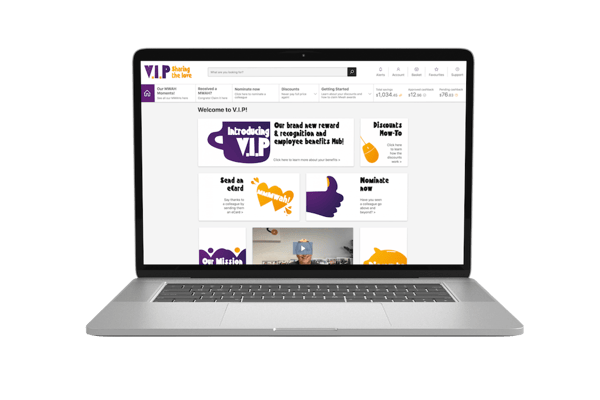
Peoplecare’s program, VIP, is a perfect example of this. Their choice of colours and font on their platform are all familiar to their employees. Even their eCards (which they call “Mwahs”) reflect their the warm and fun culture, which ensures the program aligns with what they stand for and invites people to come back.
2. Give your employees a chance to name your program
The employee recognition program name should be mean something to your people, and what better way to understand what will resonate than to invite people to provide suggestions? During the design phase of a project, some of our clients run a competition and get people to submit their ideas and select the name based on votes or through a project committee.
One of our clients, North Construction, named their program “The Box,” which is a term that was coined almost a decade ago and carries a lot of meaning for employees. It’s unique to the business and gives its employees something to look forward to.
3. Show real people… your people!
While stock photos have their place, the most impactful imagery you can put on your platform – whether its in eCards or on blog posts – are photos of your people. The HR team at PYBAR Mining Services went to different sites to take photos of people that they could use on their eCard designs. This helped generate excitement about what was to come.

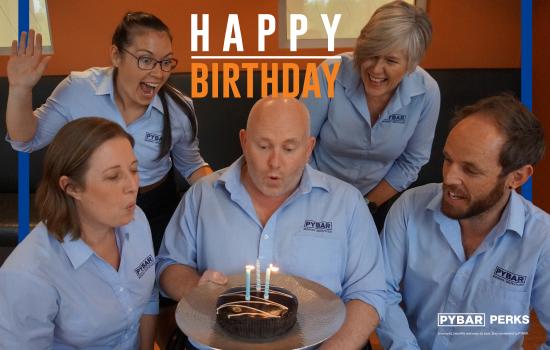
4. Leverage the power of video
A short introductory video that explains your program and how to use it, or with the CEO, or with employees from different areas of the business explaining what recognition means to them can be a powerful way to spread your core messages and keep people informed. Video doesn’t have to be complicated or expensive - you can film an impromptu interview on your phone and upload this to your platform to get people interested.
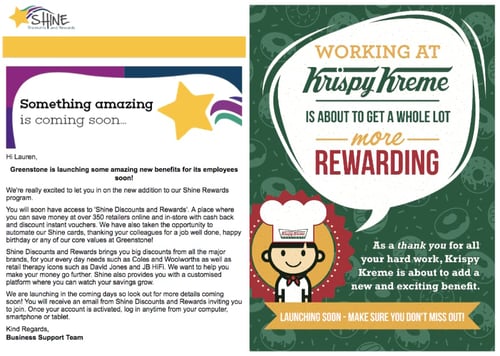
5. Get ready for a countdown
Let your people know that a new recognition program is something worth getting excited about. Don’t just organise the event and expect people to turn up! Send out teaser emails, do a countdown – anything that piques people’s interest and gets them wondering what’s to come.
6. Train your leaders
A key component of running a successful program is making sure managers are equipped with the knowledge and skill to recognise staff in a meaningful and respectful way. Schedule workshops for leaders that focus on the ‘why’ of recognition and how to deliver strategic recognition. Provide key leaders with early access, long before the program launches and provide opportunities to address questions or walk them through the platform so they’re comfortable with using it.
7. Celebrate and decorate!
Generate buzz and excitement on launch day — decorate the office with posters, streamers, printouts of eCards, hide prizes under chairs, and run a competition to encourage employees to sign up and start using the program straight away. Again, let your employer brand shine and have fun with it. If you have employees at different sites, send them an on-boarding pack with instructions and goodies to get them excited.
8. Mark recognition in your diary
While recognition should ideally be timely and immediate, if your company is new to recognition then you might need to remind people before it becomes a habit. If you can, launch your program around a specific recognition focus event such as ‘Thank You Thursday’, or Employee Appreciation Day. To drive awareness and activity, nominate a time in the year as ‘Say Thanks’ week, which is something our client did to remind people to keep the program front of mind: 
9. Use existing gatherings as recognition opportunities
Instead of treating your employee recognition program launch as a one-off event, treat it like a roll-out. Changing attitudes and behaviour towards recognition takes time, so use every opportunity you can to talk about the program. Don’t assume people know what it is - remind them at toolbox talks or walk them through how to send an eCard or a nomination during team briefings. Use these opportunities to actually recognise people in the room and provide further inspiration and excitement around what’s happening.
Become a walking, talking advocate for recognition and bring others on board for the fun!
10. Spread the good news
Whenever you see recognition coming through your new program, share some of those moments in other employee communication channels. Highlight award winners in your company blog, create an automated feed of eCard recipients on Slack, or display some top eCard messages on your office TV screens.
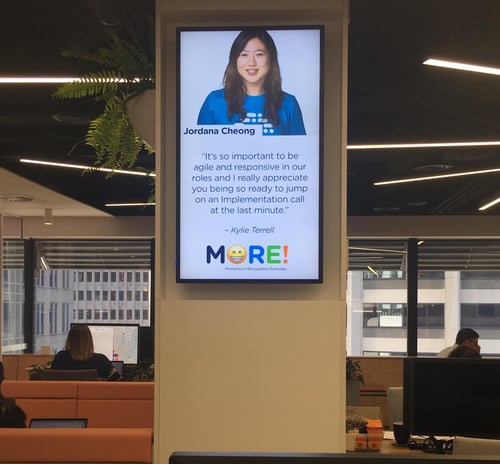
Any way and every way you can keep recognition front of mind before, during and after you launch your program, the richer your culture of recognition becomes, and the bigger an impact you’ll make in the motivation and engagement of your people.
What have you done to launch your program with a WOW? Tell us in the comments!
 Kameel Martin
Kameel Martin
